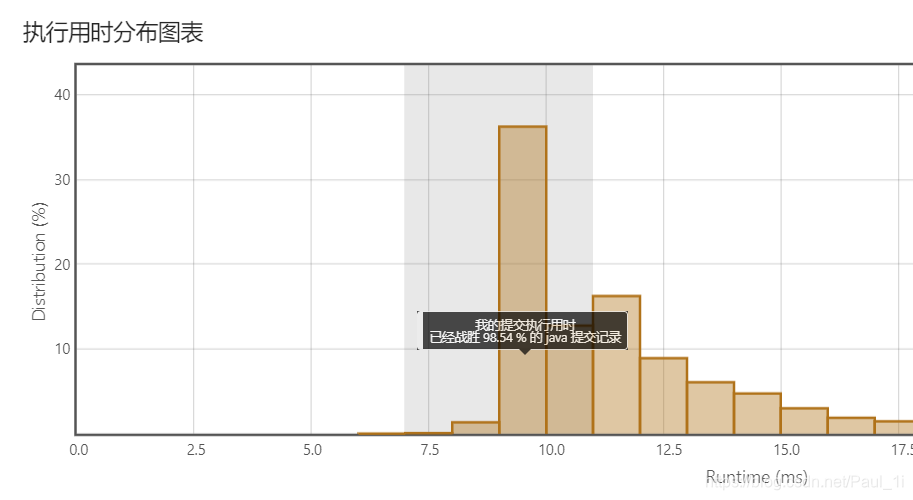leetcode做题记录0009
本文共 756 字,大约阅读时间需要 2 分钟。
leetcode 0009
说明
只是为了记录一下,不求多快,也不深究。
会简要描述思路,代码中不写注释。
如碰到不会做的用了别人代码会在博客中标出。
题目描述

结果

思路
把数字每一位放到一个数组里,然后搞两个游标i,j分别从数组头和尾向中间遍历。
碰到num[i]!=num[j]的直接false。
遍历完了还没return false的话就return true。
代码
class Solution { public boolean isPalindrome(int x) { if(x<0) { return false; } if(x>=0&&x<10) { return true; } int[] num = new int[10]; for(int i=0;i<10;++i) { num[i] = -1; } int idx = 0; while(true) { num[idx++] = x%10; x /= 10; if(x == 0) { break; } } for(int i = 0,j = idx - 1;i <= j;++i,--j) { if(num[i]!=num[j]) { return false; } } return true; }} 转载地址:http://brhe.baihongyu.com/
你可能感兴趣的文章
nginx反向代理、文件批量改名及统计ip访问量等精髓总结
查看>>
Nginx反向代理与正向代理配置
查看>>
Nginx反向代理及负载均衡实现过程部署
查看>>
Nginx反向代理是什么意思?如何配置Nginx反向代理?
查看>>
nginx反向代理解决跨域问题,使本地调试更方便
查看>>
Nginx反向代理配置
查看>>
Nginx启动SSL功能,并进行功能优化,你看这个就足够了
查看>>
nginx启动脚本
查看>>
Nginx在Windows上和Linux上(Docker启动)分别配置基本身份认证示例
查看>>
Nginx在Windows下载安装启动与配置前后端请求代理
查看>>
Nginx多域名,多证书,多服务配置,实用版
查看>>
Nginx学习总结(14)——Nginx配置参数详细说明与整理
查看>>
Nginx安装与常见命令
查看>>
Nginx安装及配置详解
查看>>
Nginx实战经验分享:从小白到专家的成长历程!
查看>>
Nginx实现反向代理负载均衡
查看>>
nginx实现负载均衡
查看>>
nginx开机启动脚本
查看>>
nginx异常:the “ssl“ parameter requires ngx_http_ssl_module in /usr/local/nginx/conf
查看>>
nginx总结及使用Docker创建nginx教程
查看>>